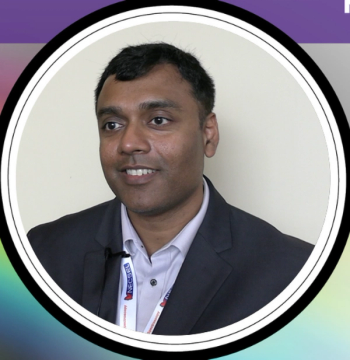
WITec PaperAward 2013 Announced
The winners of the WITec PaperAward, an annual worldwide competition among scientists whose research reflects the impact of scientific results and the innovation of the applied techniques, have been announced.
The winners of the WITec PaperAward, an annual worldwide competition among scientists whose research reflects the impact of scientific results and the innovation of the applied techniques, have been announced. Awardees included research groups from France, Germany, and Spain. Each year the WITec Paper Award honors the best peer-review scientific paper including results and images acquired with a WITec microscopy system. A WITec panel evaluates the submitted papers in terms of scientific relevance, data quality, and the level of instrument-feature utilization.
Fifty-four papers, published between January and December 2012, were submitted for this year’s competition. Given the number of high-quality papers, the PaperAward jury chose to recognize three winning papers in gold, silver, and bronze categories.
Léo Greusard of the Institut Langevin ESPCI ParisTech, and Raffaele Colombelli of the University Paris Sud, received the gold award for their paper, “Constantini et al., In Situ Generation of the Surface Plasmon Polaritons Using a Near-Infrared Laser Diode,” published in Nano Letters. The paper describes a novel application for scanning near-field optical microscopy, opening up new opportunities in semiconductor research. Greusard and Colombelli collaborated with researchers from the Institut des Nanotechnologies de Lyon and the joint laboratory of Alcatel-Lucent Bell Laboratories, in France.
Researchers from the Institute of Photonic Technology in Jena, Germany claimed the silver award. Christian Matthäus and Jürgen Popp, together with colleagues from Friedrich Schiller University in Jena and the Catholic Clinics in Koblenz, demonstrated how Raman spectroscopy can be used for the imaging of cellular processes. Their paper “Matthäus et al., Noninvasive Imaging of Intracellular Lipid Metabolism in Macrophages by Raman Microscopy in Combination with Stable Isotopic Labeling,” was published in Analytical Chemistry.
José F. Fernández and his research team from the Electroceramic Department of the Instituto de Cerámica y Vidrio in Madrid, Spain, were awarded the bronze PaperAward. Fernández and colleagues, in collaboration with researchers at Universidad Nacional Autónoma de México, published “Rubio-Marcos et al., High spatial resolution structure of (K, Na) Nbo3 Lead-Free Ferroelectric Domains” in the Journal of Materials Chemistry. The jury chose their work for the award because it shows the combination of Raman spectroscopy and atomic force microscopy as a powerful tool for use in the investigation of ferroelectric domains.
Newsletter
Get essential updates on the latest spectroscopy technologies, regulatory standards, and best practices—subscribe today to Spectroscopy.





